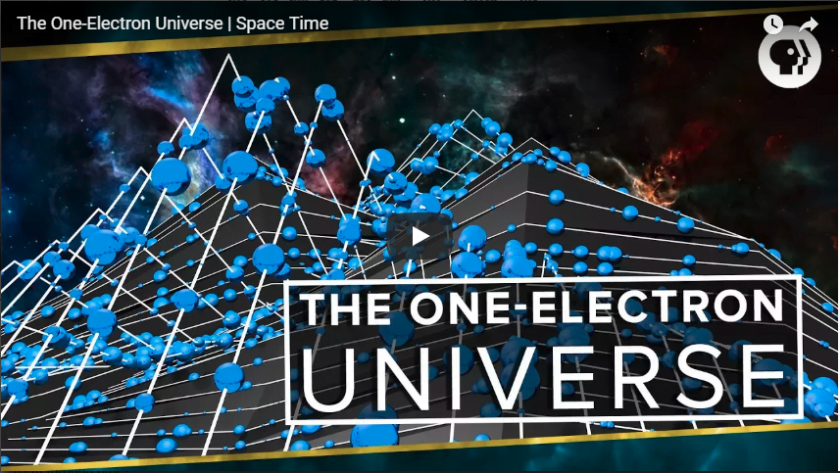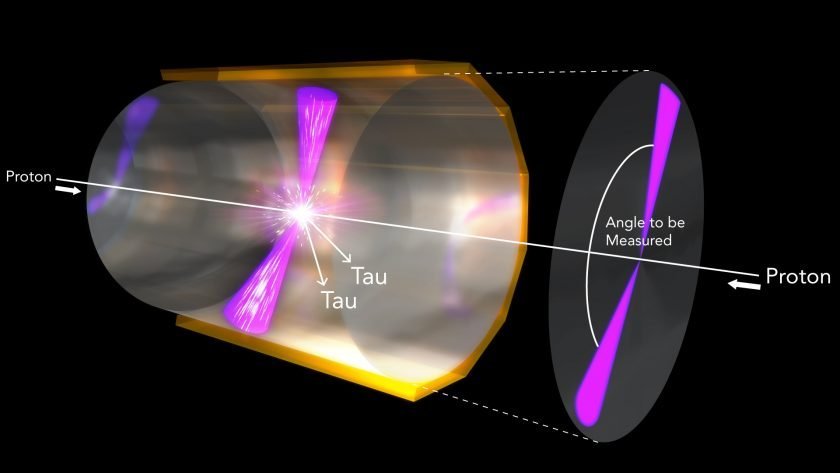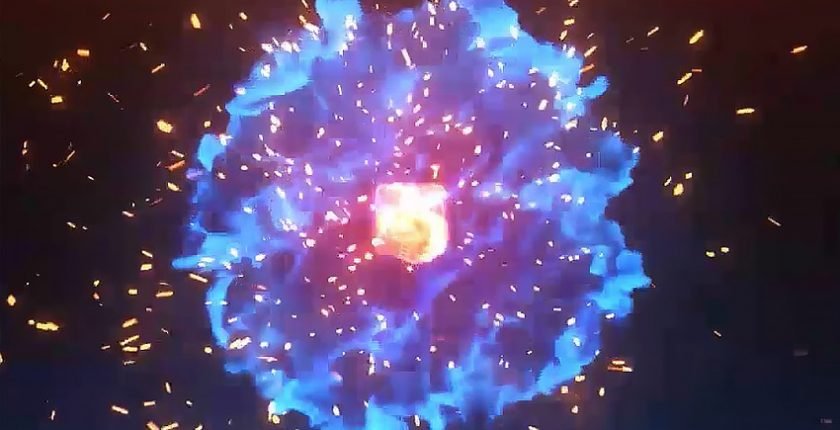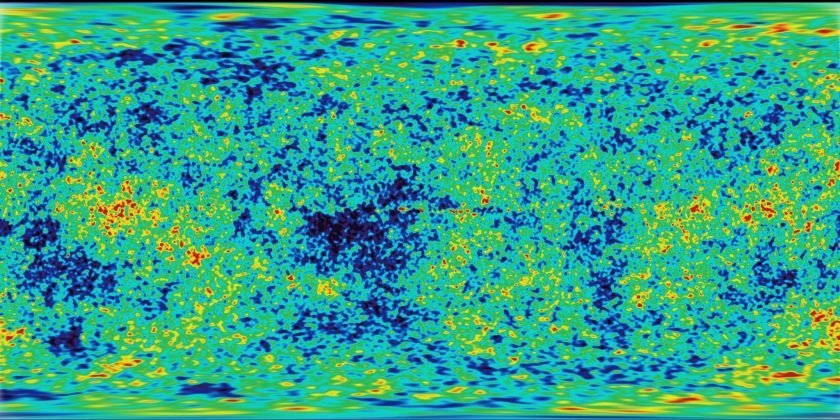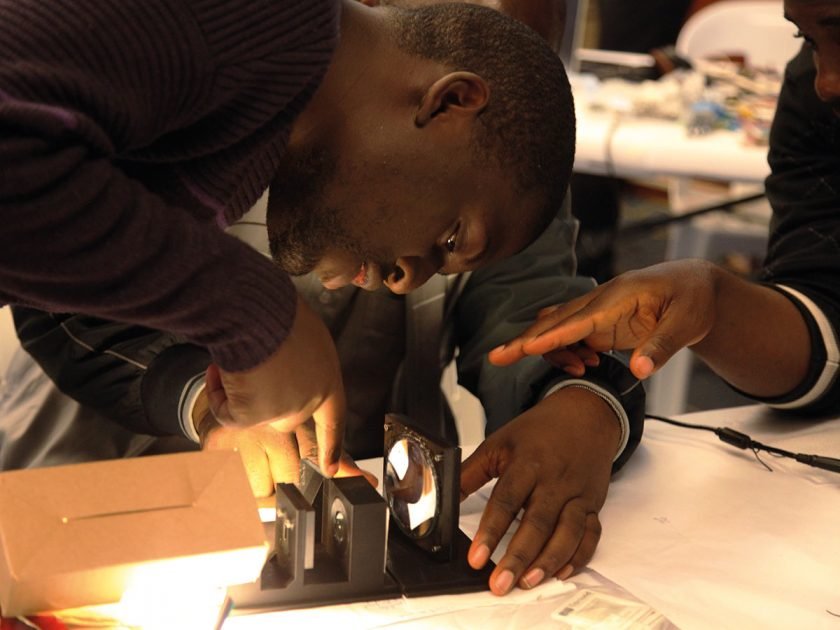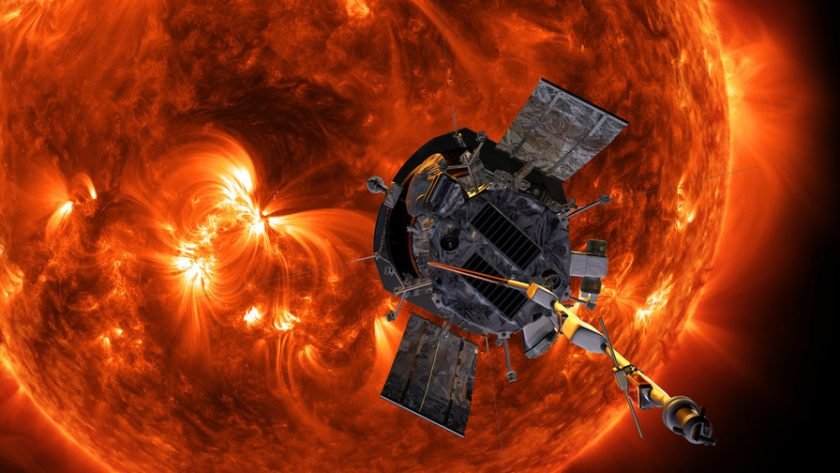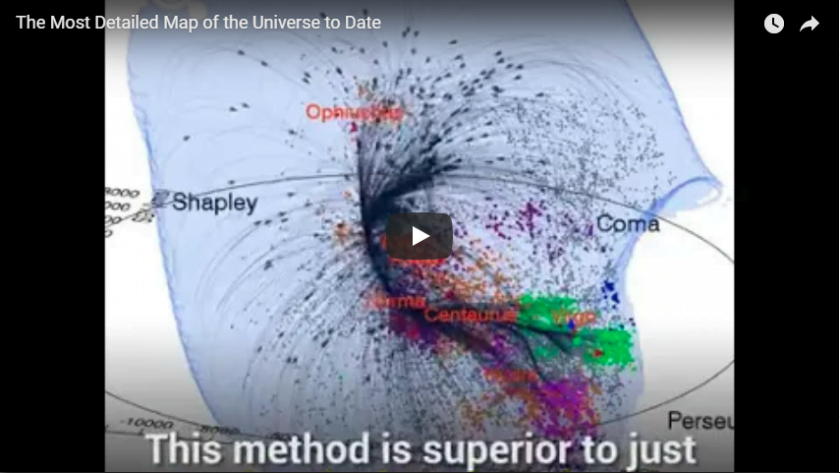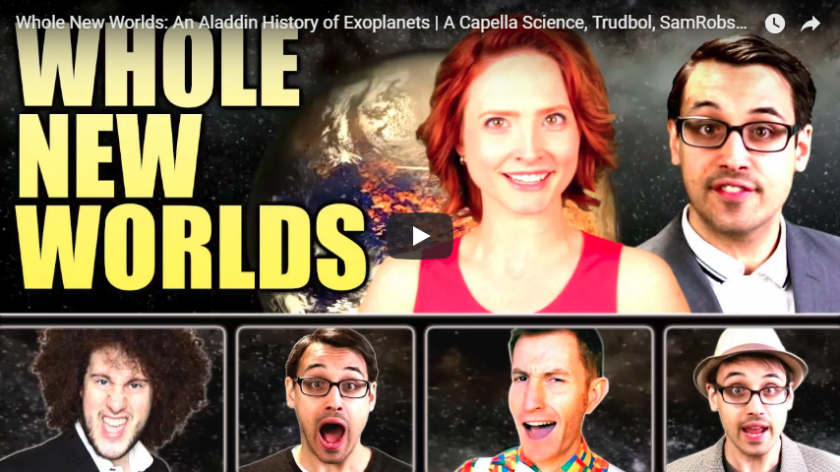The One-Electron Universe | Space Time Read More »
ABSTRACT The problem of the behavior of positrons and electrons in given external potentials, neglecting their mutual interaction, is analyzed by replacing the theory of holes by a reinterpretation of the solutions of the Dirac equation. It is possible to write down a complete solution of the problem in terms of boundary conditions on the
The Theory of Positrons Read More »
“Is it possible that our ‘elementary’ particles are actually large scale aggregations of a different set of something much smaller? Then, from a mathematical point of view, there could be an infinite sequence of smaller (and larger) building blocks and universes.”
Dear Dr B: Is it possible that there is a universe in every particle? Read More »
Daniel An, Krzysztof A. Meissner, Roger Penrose (Submitted on 6 Aug 2018) This paper presents powerful observational evidence of anomalous individual points in the very early universe that appear to be sources of vast amounts of energy, revealed as specific signals found in the CMB sky. Though seemingly problematic for cosmic inflation, the existence of such anomalous
Apparent evidence for Hawking points in the CMB Sky Read More »
07 Aug 2018 Taken from the August 2018 issue of Physics World In the developing world it’s difficult to get and maintain the hi-tech equipment we associate with modern laboratories. But could open-science hardware provide a lifeline? Rachel Brazilinvestigates Walk into any modern physics laboratory and you’ll see all kinds of hi-tech instruments. There are spectrometers, microscopes,
Open-science hardware in the developing world (Courtesy: TReND in Africa) Read More »
We have sent probes zooming throughout our local solar system. There have been human landings on the moon, asteroid touchdowns, and planetary flybys aplenty. Voyager 1 is still zooming off into the deep stretch of interstellar space beaming us back information until the mid-2020s. We’ve been to a lot of places in such a relatively
NASA’s Parker Solar Probe is attempting to touch the sun Read More »
This article was originally published at The Conversation. The publication contributed the article to Space.com’s Expert Voices: Op-Ed & Insights. Space X and Tesla founder Elon Musk has a vision for colonising Mars, based on a big rocket, nuclear explosions and an infrastructure to transport millions of people there. This was seen as highly ambitious but technically challengingin several
Sorry Elon Musk, But It’s Now Clear That Colonizing Mars Is Unlikely — And A Bad Idea Read More »
Astronomers have detected yet another mysterious and powerful fast radio burst hitting Earth from an unknown source in space. If that’s not strange enough, this particular fast radio burst is incredibly low, in the 580 megahertz frequency range – nearly 200 MHz lower than any other fast radio burst we’ve picked up on before. If


